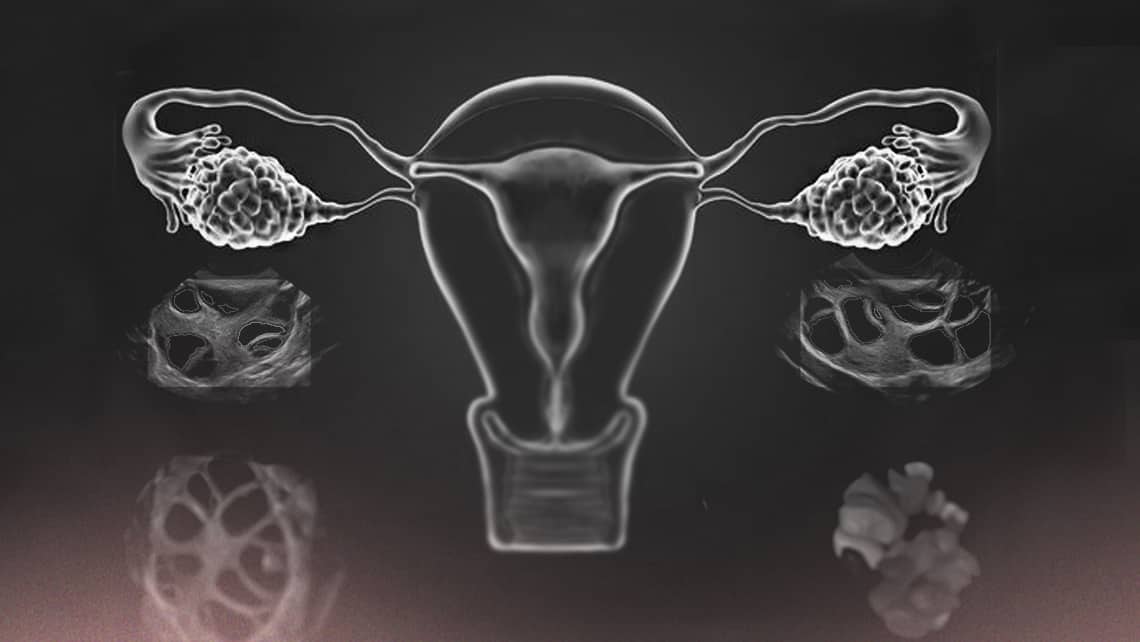
I’m not responding to ovarian stimulation in an in vitro fertilisation (IVF) cycle, what can I do?
Patients with a low response to ovarian stimulation (LR) in IVF treatments are currently one of the greatest challenges for assisted reproduction professionals. The prevalence is difficult to estimate and ranges from 6-35% depending on the definition.
Índice
What is low response to ovarian stimulation?
This concept is difficult to define as there’s no general consensus on it, but in general terms it refers to obtaining less than four oocytes after ovarian stimulation.
How can I tell if I am a low responder? Can we predict a low ovarian response?
The main way to know if a patient is a low responder or not is by performing controlled ovarian stimulation and looking at the results of this first cycle.
However, there are some criteria that will allow us identify those patients with risk factors for a low response to stimulation prior starting of stimulation, which are as follows:
- Age >40 years.
- Previous cycle with a low response (three or fewer oocytes) after a conventional stimulation protocol.
- Decreased ovarian reserve markers (AFR <5-7 or AMH < 0.5-1.1 ng/ml).
When there’s at least two of the aforementioned criteria present, we consider it to be a risk of low ovarian response to stimulation.
What are the main causes of low ovarian response?
- Age >38 years and low ovarian reserve are the main causes of LR. As age increases, ovarian reserve decreases and so does the response to ovarian stimulation.
- Endometriosis.
- Chemotherapy or radiotherapy treatments
- Pelvic infections
- Hypoandrogenism.
- Alterations in ovarian FSH receptors, either due to the presence of autoantibodies blocking the receptor action, the presence of polymorphisms in the receptor favouring the ovarian response with certain drugs, or the decrease/dysfunction of the receptors.
What are the consequences and possible treatments after diagnosis of low ovarian response in an IVF cycle?
This group of patients has a higher risk of cycle cancellation, having a lower number of oocytes retrieved and therefore a lower probability of a live birth. For this reason, there are various stimulation strategies for this group of patients with the aim of improving reproductive outcomes:
- Individualised treatment with the help of pharmacogenetics using tests for genetic polymorphisms in the FSH receptor.
- Double ovarian stimulation for oocyte or embryo accumulation.
- Protocol planning with adjuvant drugs to improve ovarian response.
- Intraovarian platelet-rich plasma as a new technique in patients with low ovarian reserve.
Dr Begoña Alcaraz, gyneacologist at Instituto Bernabeu
